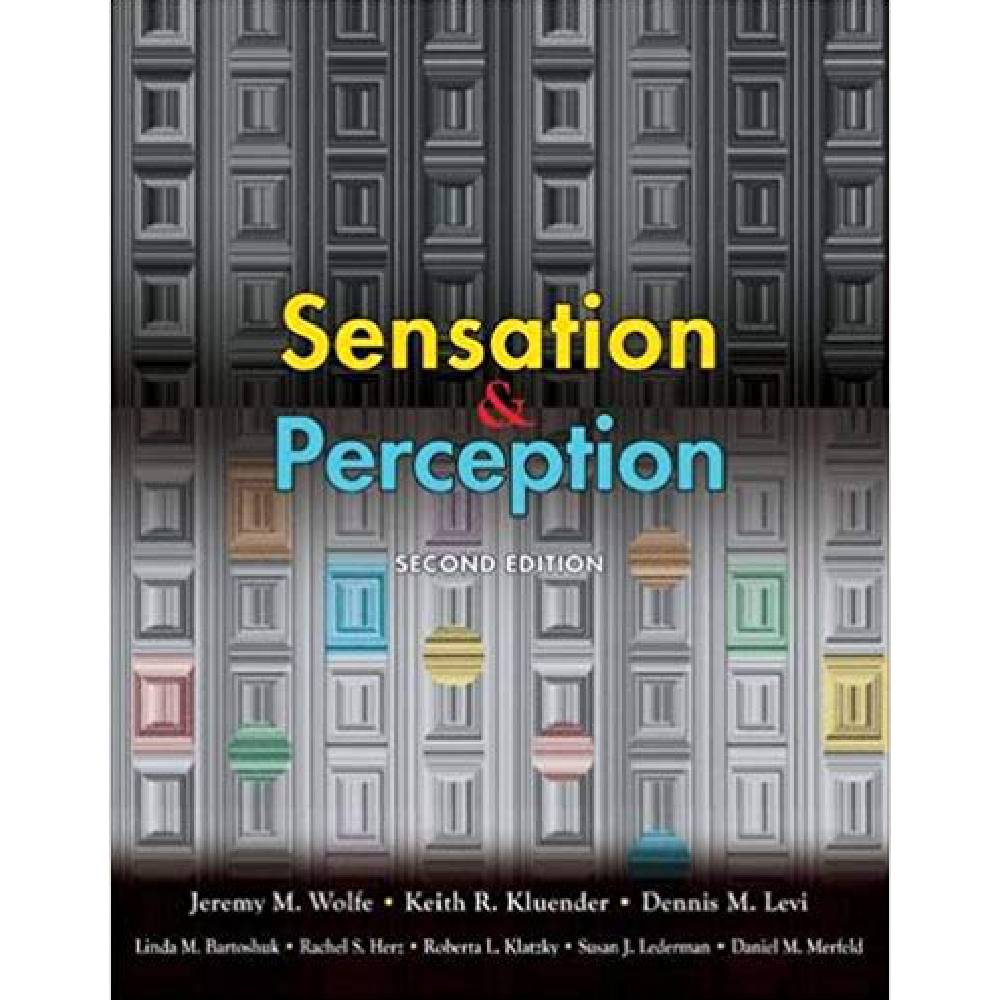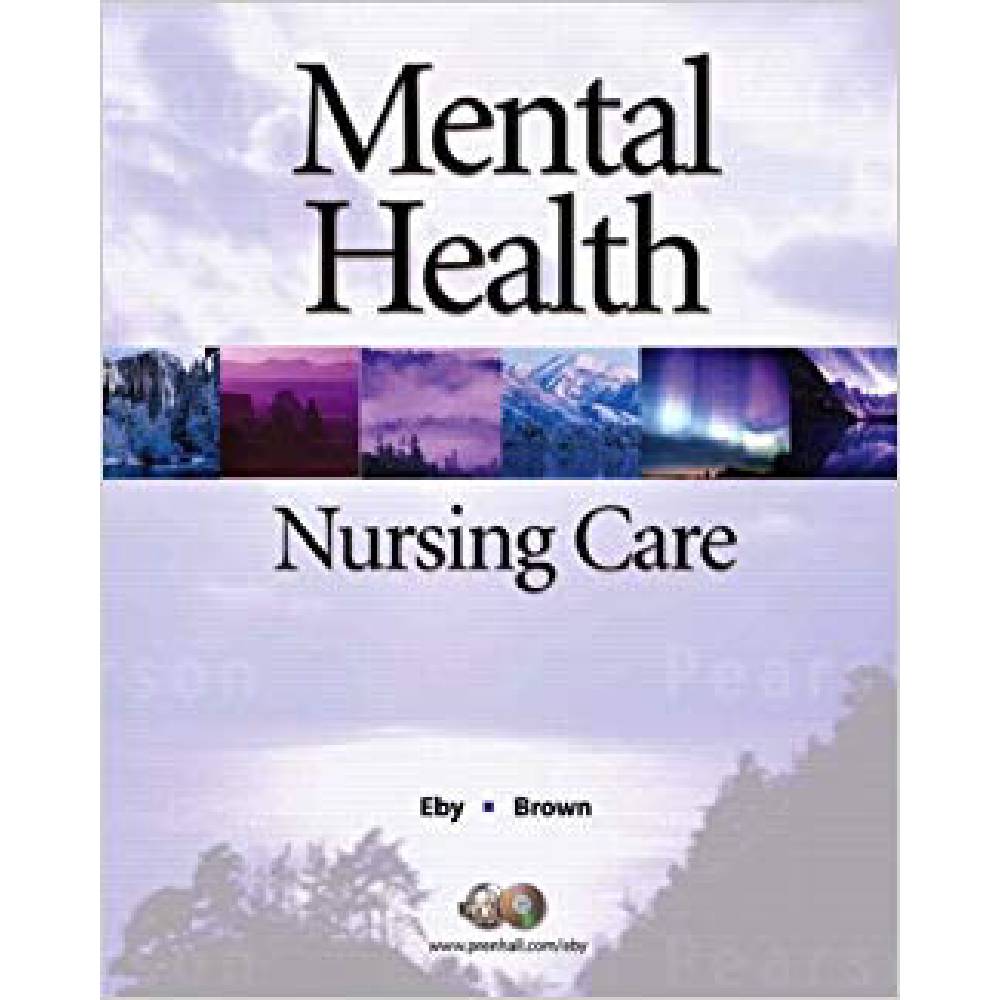Mental Health Nursing Care 2nd Edition By Eby Brown – Test Bank
$55.00
Mental Health Nursing Care 2nd Edition By Eby Brown – Test Bank
You will receive this product within 24 hours after placing the order
Mental Health Nursing Care 2nd Edition by Eby Brown – Test Bank
Chapter 11 Anxiety Disorders
MULTIPLE CHOICE. Choose the one alternative that best completes the statement or answers the question.
1)
A 28-year-old female client is in the Emergency Department with a fear of dying, shortness of breath, chest pain, sweating, nausea, and a sense of losing control. All the lab tests and EKG were normal. What might this client be experiencing?
A)
Heart attack
B)
An episode of PTSD
C)
A panic attack
D)
An attempt to get attention
Answer:
C
2)
The nurse needs to assess a client’s usual coping behavior. What question would best obtain this information?
A)
“What coping behavior do you usually use?”
B)
“What do you usually do when something stressful like this happens?”
C)
“Do you usually have any problems dealing with stress?”
D)
“Tell me about your life.”
Answer:
B
3)
The nurse is working with a client newly diagnosed with type 2 diabetes mellitus. As the nurse begins to demonstrate drawing up insulin, the client says, “I’m just so anxious about all of this. What if I can’t learn how to give these shots?” The nurse’s best response would be:
A)
“Giving yourself shots is easy. We’ll work on it today and tomorrow before your discharge.”
B)
“Anxiety is normal when learning new procedures. I’ll show you how to do it with an orange; then, I’ll let you do it. We’ll work on this until you feel confident that you can administer your own shots.”
C)
“You shouldn’t be anxious about this. It’s something many diabetics do every day.”
D)
“I wouldn’t worry about it. There’s always a home health nurse who can come in and give your injections until you feel comfortable with it.”
Answer:
B
4)
A client with generalized anxiety disorder is complaining of a severe headache and low back pain. He has been pacing restlessly all morning. He says to the nurse, “You have got to get me out of here. I’m going to lose my job and be in severe financial difficulties if I don’t get out now!” The nurse’s best response would be:
A)
“Let me give you something for the pain, and I think everything will look better to you.”
B)
“Let me call your employer for you. You can tell him your concern about losing your job.”
C)
“I can see you’re very worried about this. Let’s sit down and talk about your greatest concerns.”
D)
“I’m sure you have nothing to worry about. Would you like me to call your family in to discuss it with you?”
Answer:
C
5)
Which of the following does the nurse recognize as significant aspects of cognitive-behavioral therapy for a client with anxiety disorder? Select all that apply.
A)
Educating the client on the physiology behind the anxiety reaction
B)
Avoiding anxiety-producing situations
C)
Replacing negative self-talk with positive self-talk
D)
Teaching the client relaxation techniques
E)
Providing anti-anxiety medication to calm the client’s anxiety
Answer:
A, C, D
6)
In order to be cognizant of all possible problems for the client, the nurse should understand that a client with generalized anxiety disorder might also be suffering from which other mental health issue?
A)
Schizophrenia
B)
Bipolar disorder
C)
Narcissistic personality disorder
D)
Major depressive disorder
Answer:
D
7)
What nursing diagnosis would be most appropriate for a client with post-traumatic stress disorder who was the only survivor of a one-car crash, and describes the event as his fault?
A)
Disturbed Thought Processes
B)
Dysfunctional Grieving
C)
Chronic Low Self-esteem
D)
Powerlessness
Answer:
C
8)
The nurse is assisting a client who has obsessive—compulsive disorder. The client is participating in behavioral therapy, and has contracted with the therapist to dig in the dirt around the houseplants and then not wash her hands for at least five minutes. After three minutes, the client looks frantically at the nurse and says, “I can’t do this. I have to get this dirt off me now.” The nurse’s best response would be:
A)
“I think you’ve done enough for today. Go ahead and wash.”
B)
“You are doing very well. You are already more than halfway through. Let’s practice your deep-breathing and relaxation exercise until your time is up.”
C)
“Five minutes is a very long time. Maybe we can try for that another day. Go ahead and wash the dirt off.”
D)
“You don’t want the doctor to think you can’t do this, do you? Two minutes isn’t that much longer. Let’s keep going.”
Answer:
B
9)
The client with panic disorder has just been prescribed clonazepam (Klonopin). The client expresses concern to the nurse. “I don’t like to take drugs. I think I can overcome this disorder on my own.” The nurse’s best response would be:
A)
“Often it is necessary to use a combination of drugs and therapy to deal with panic disorder. The drugs might help you to cope while you are working with the therapist on other ways to deal with the disorder.”
B)
“I’m sure the physician would not have ordered the Klonopin if she did not feel that it was necessary.”
C)
“Klonopin is a safe drug, and you should not worry about taking it.”
D)
“Drugs are the only treatment we currently have to successfully cure panic disorder. You should take them.”
Answer:
A
10)
A nurse on the medical—surgical unit has begun to have attendance problems. When the supervisor calls to express concern, the nurse says, “I don’t know what to do. Being away from home just scares me. I’m afraid something awful will happen to me or my home while I’m away. I just feel safer here.” The supervisor suspects that this nurse is suffering from:
A)
Claustrophobia.
B)
Acrophobia.
C)
Monophobia.
D)
Agoraphobia.
Answer:
D












Reviews
There are no reviews yet.